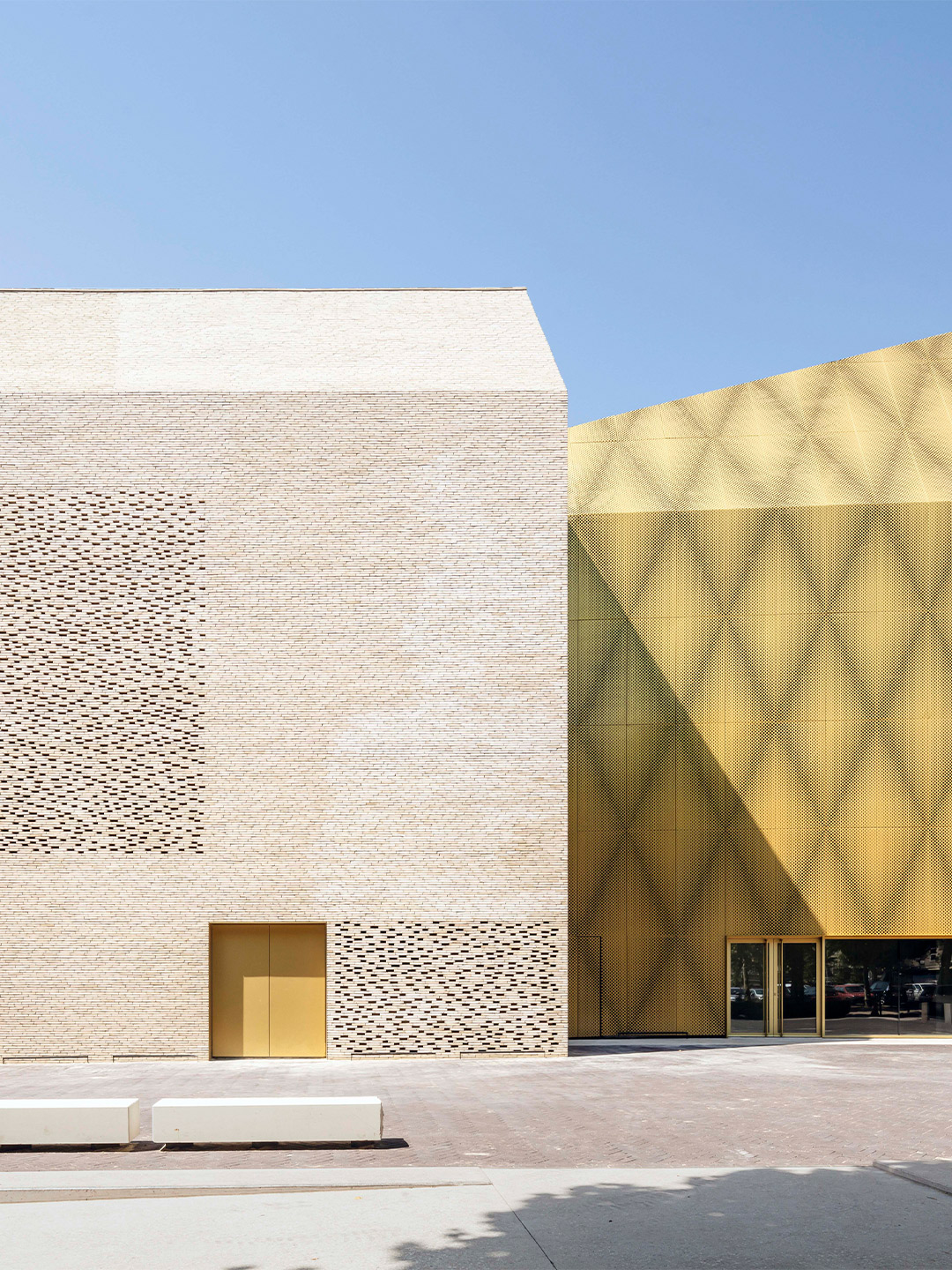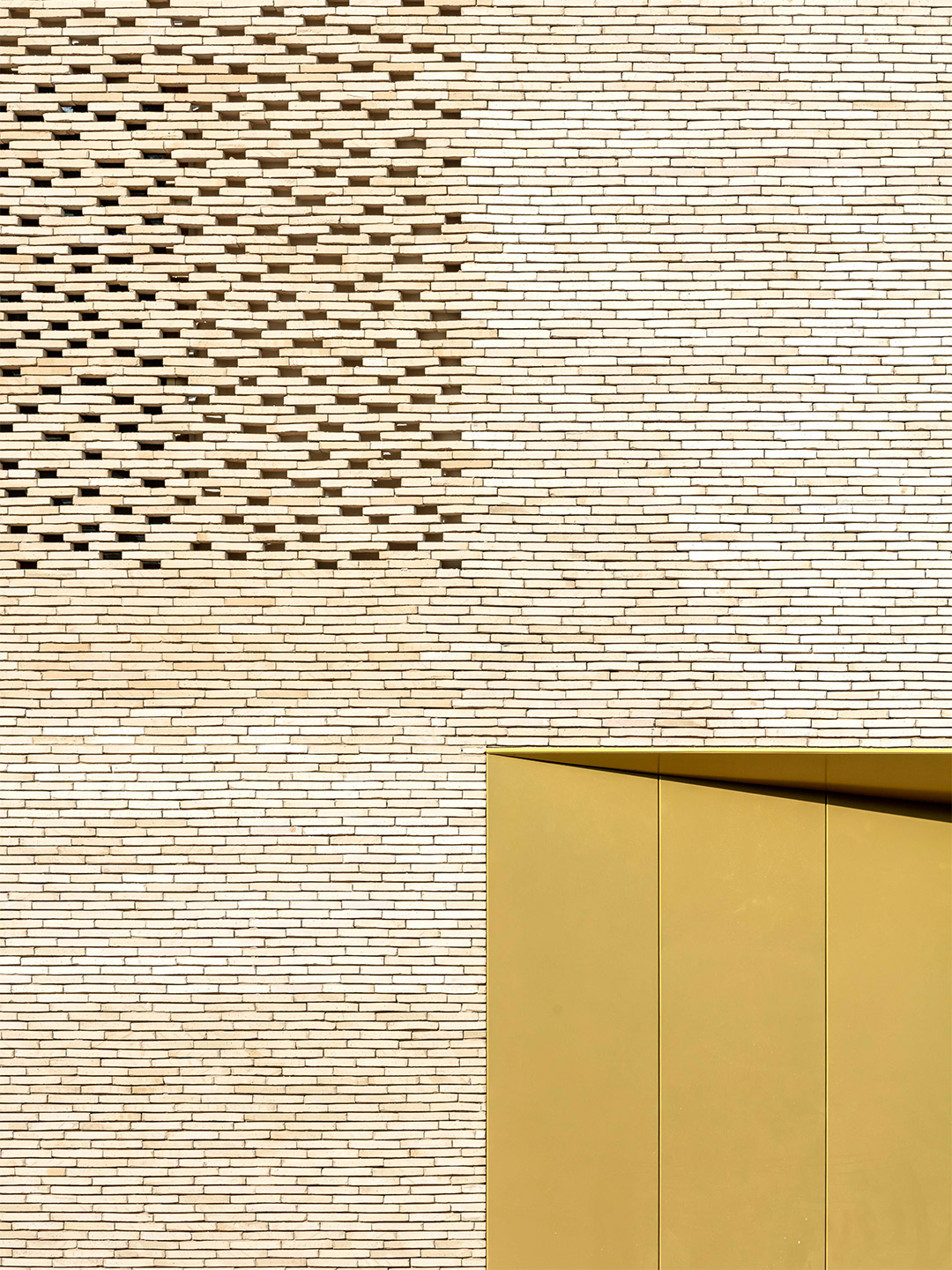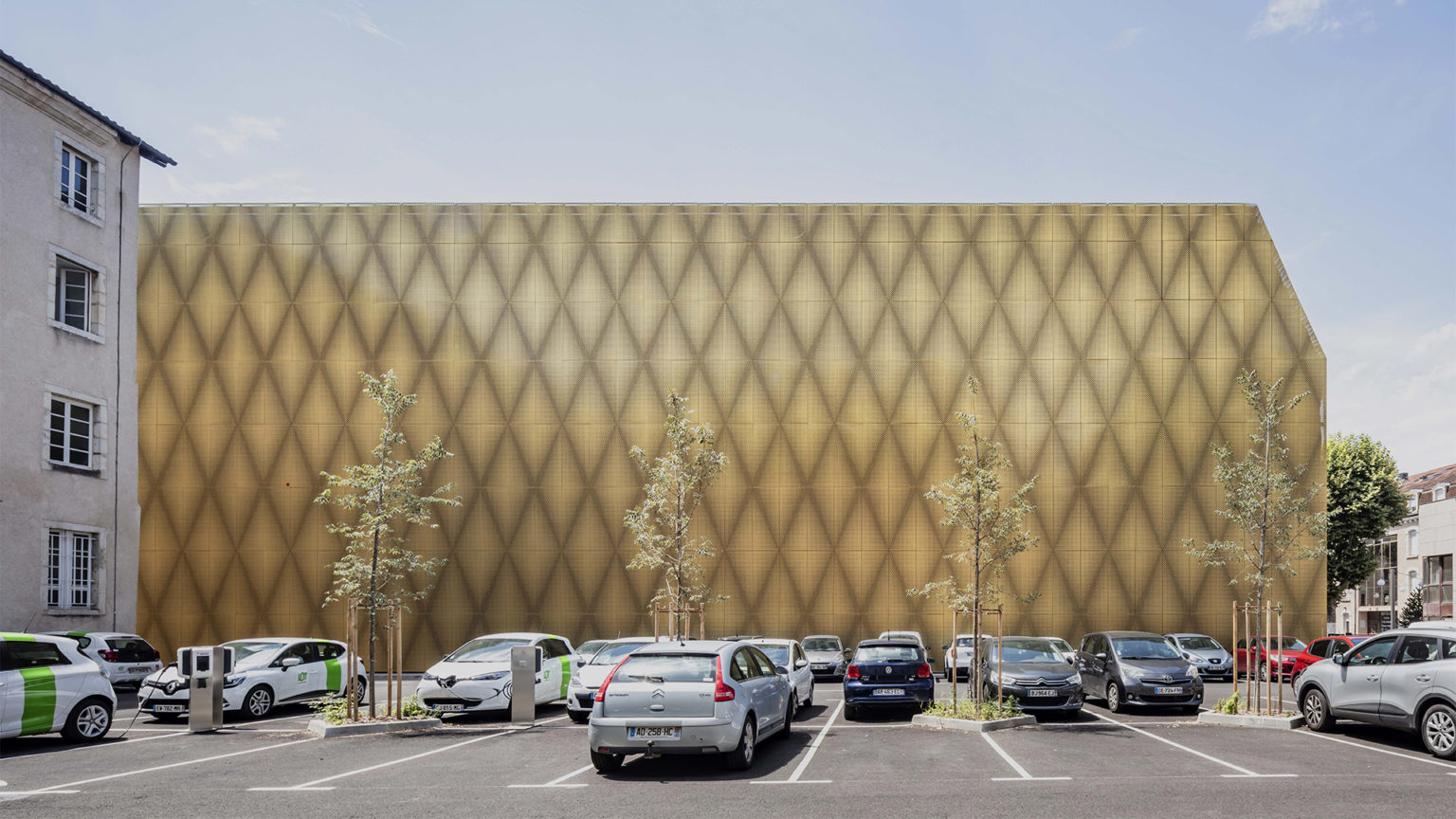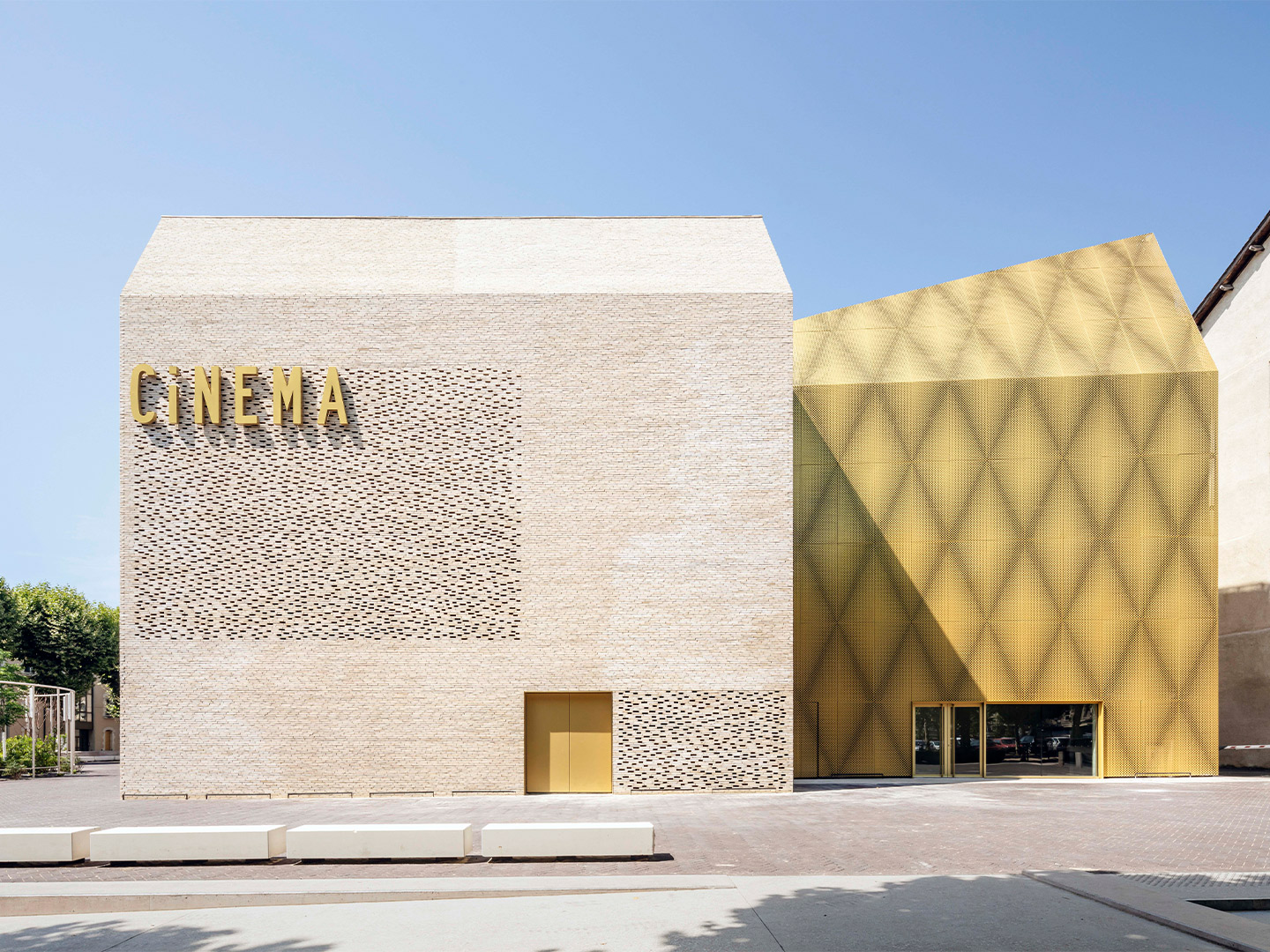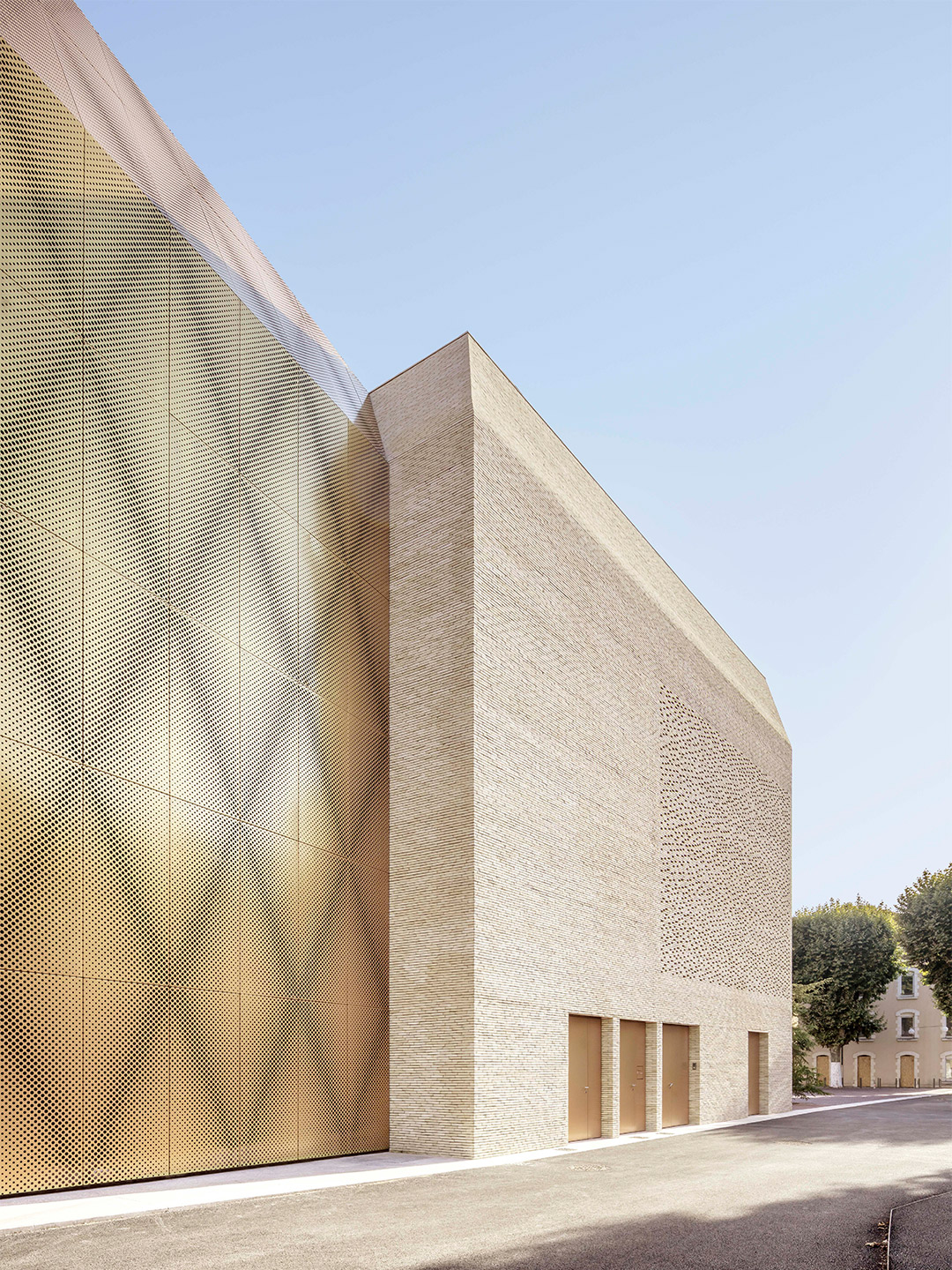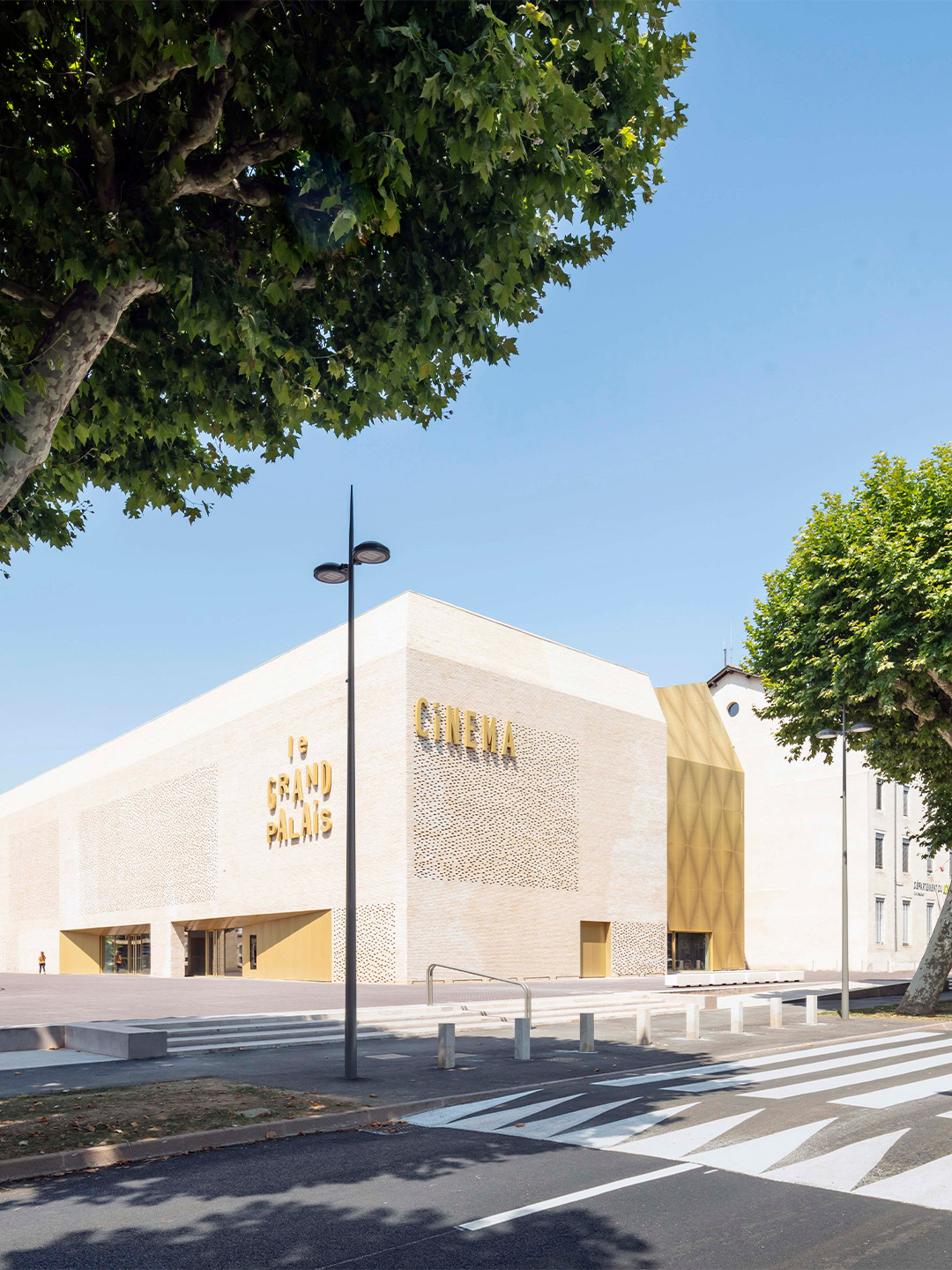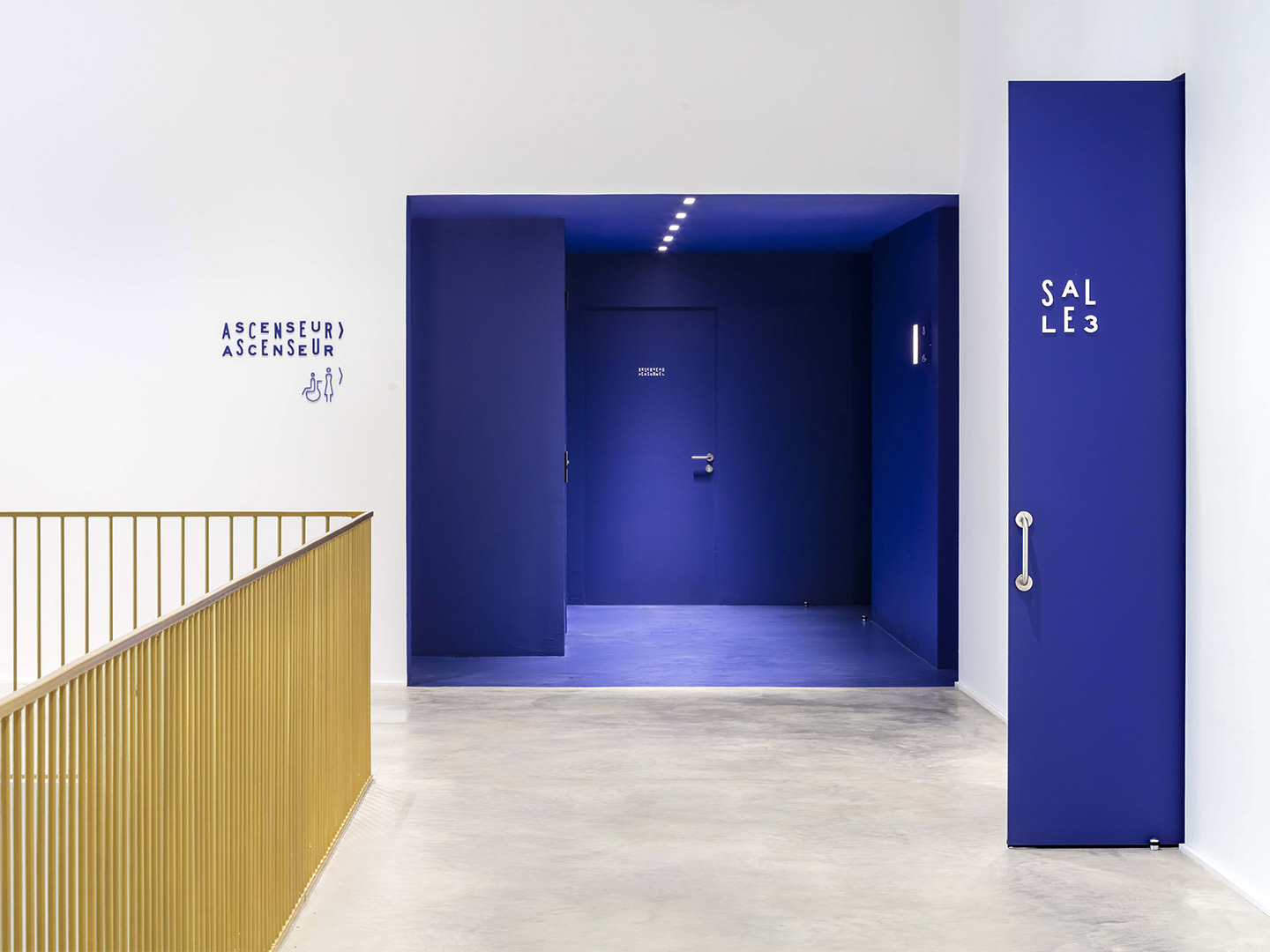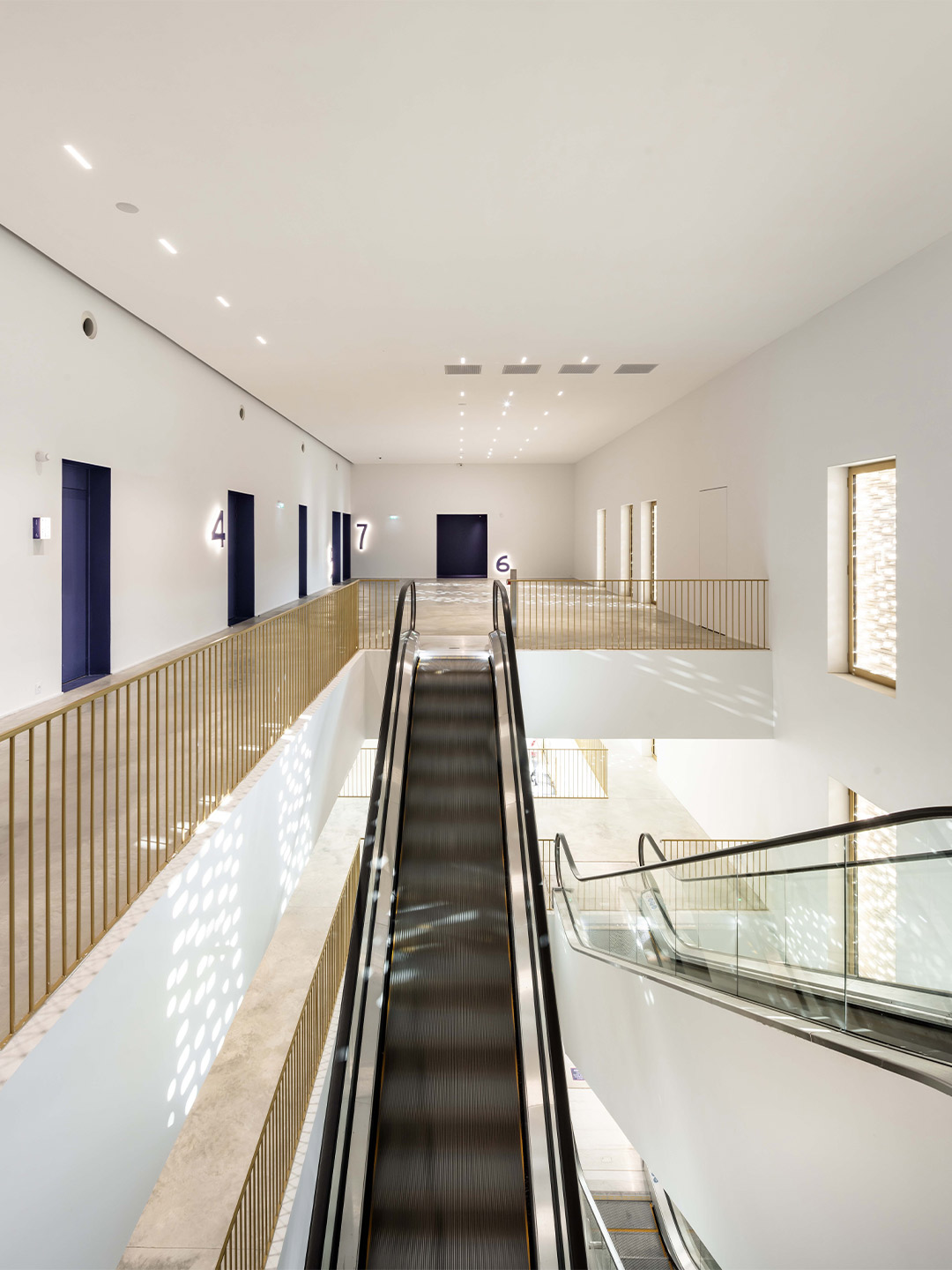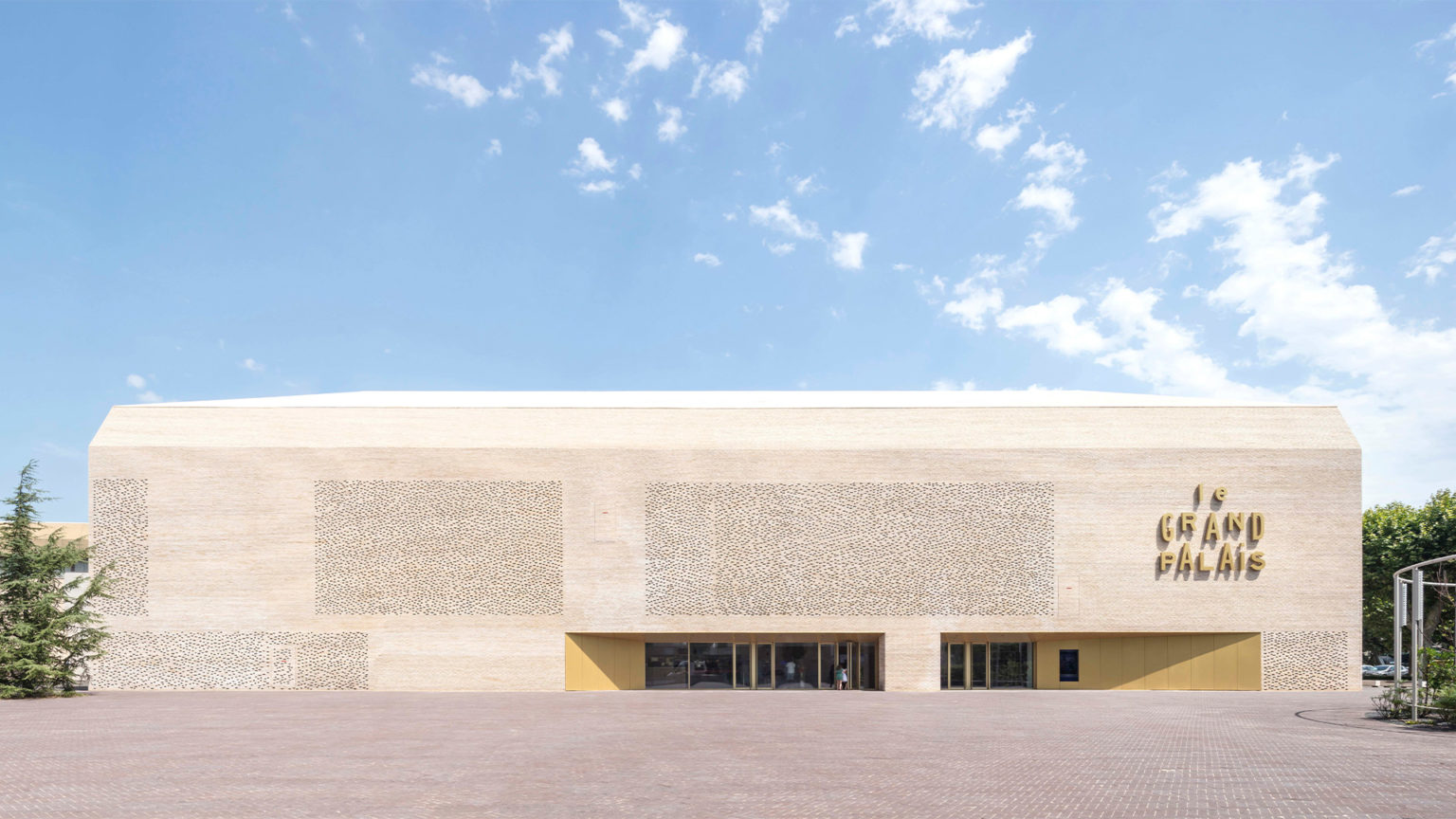
Le Grand Palais at Cahors: an extension of the existing
- Project by Antonio Virga Architects
- Photograph by Luc Boegly
In the south of France, between the worn stones of Cahors and the calm cadence of the Lot River, Antonio Virga Architects has inserted a new volume that does not seek to stand out, but to restore a lost balance. Le Grand Palais cinema is not born from the exaltation of the new, but from the desire to repair an urban void that has been dragging on since 1943, when a fire destroyed part of the former convent converted into a military base.
Architecture that rescues history
The site, converted for decades into an informal parking lot, was located in a delicate enclave: surrounded by nineteenth-century buildings with a precise geometry and an austere compositional logic. Virga and his team understand that the site does not call for a rupture, but a critical continuity. They do not imitate what was there, but neither do they ignore it. The key to the project is to recover a “lost urbanity” through an architecture that is inserted without noise.
An extension of the existing
The cinema, with its compact volume and homogeneous skin, is built entirely in pale brick. But this is not a nostalgic gesture. The material, although rooted in local tradition – visible in churches such as Saint Barthelemy – is used here with a language of its own: perforated facades, roofs also clad in brick, openings replaced by latticework. A contemporary reinterpretation that does not disguise the new as old, but prolongs the existing through nuance.
The intervention is not limited to brick. The program required seven movie theaters, and the main volume was not enough. The solution was to add an extension wrapped in gold metal panels, strategically hidden from certain points of view. This “false annex,” as the architects call it, maintains the compositional symmetry of the whole, but introduces a second time in the reading of the building. It is a more evident, even festive gesture, although it continues to operate from contextual discretion.
The ensemble does not play at surprise, but at sedimentation. Its form, its materiality and its implantation seek that timelessness that makes it seem to be part of the place forever. It is a building that needs no claims to show that it understands where it is. Neither spectacular nor shy: simply precise.

